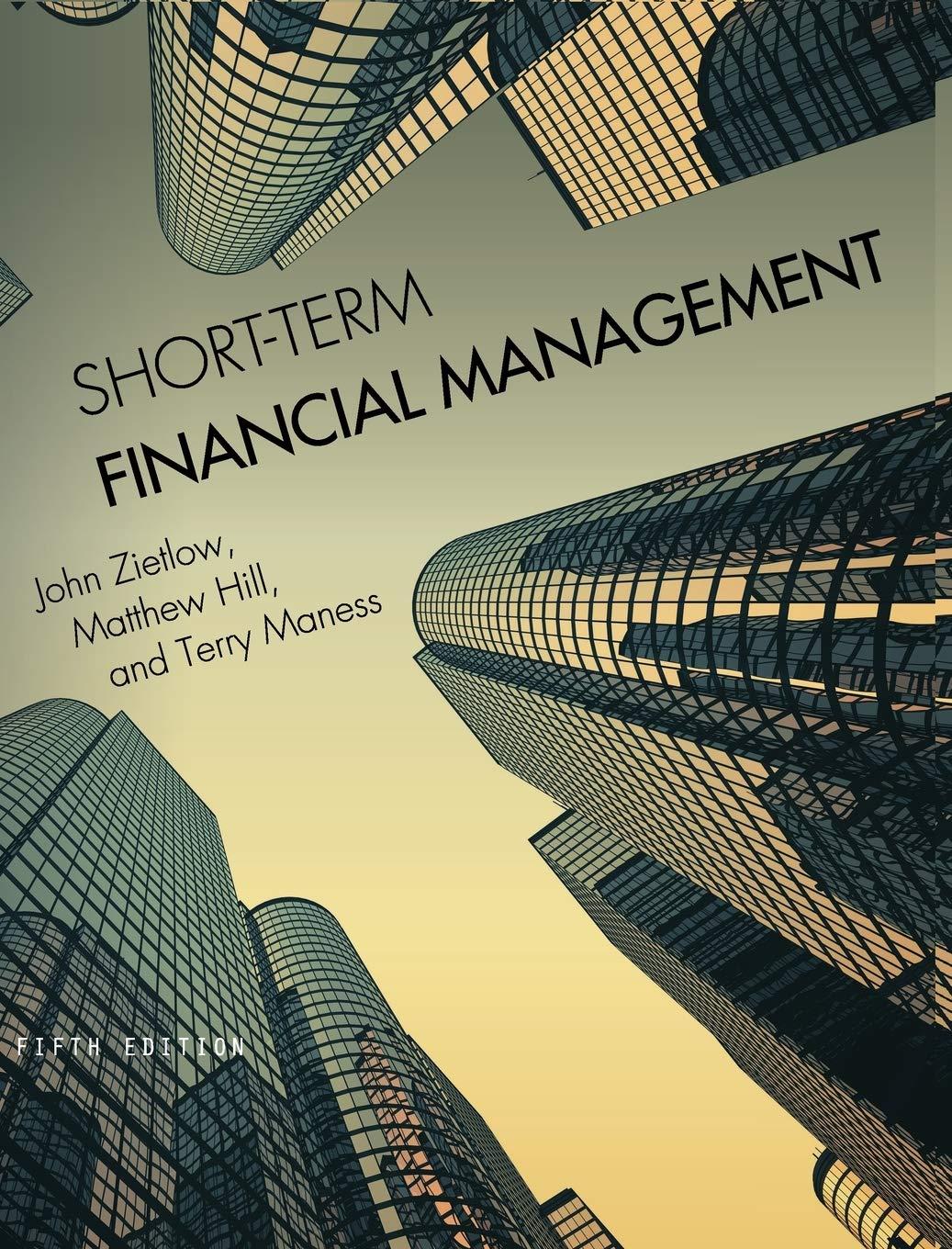
1. (25 points) An investor is considering whether to invest in a new project. This project requires 100,000 and in one year's time gives a net return of either 10%, in the good state of the world, or -5%, in the bad state of the world. Suppose the investor has a net wealth of 100,000 and he can only use his wealth for this project or to invest in a risk-free bond. a) (3 points) Suppose the risk free return is 2%. What is the smallest probability of the good state of the world that would convince the investor to invest in this project if he were risk neutral? b) (3 points) Suppose the investor is actually risk averse, with preferences represented by u(c) = Inc. Will he invest if the probabilities are those computed for Question (a)? Explain. c) (2 points) What are the indices of relative and absolute risk aversion for this investor? Has the investor increasing, decreasing or constant absolute risk averse preferences? d) (5 points) Suppose the probability of each state is 50%. Will the investor be willing to invest in such a case? e) (5 points) Suppose the investor had, in addition to his wealth of 100.000, an income in one year time, equal to 70,000 in the good state and 30,000 in the bad state. How would your answer change, compared to Question d? And if instead he had an income in one year time equal to 50,000 independently of the state of nature? Discuss your results. f) (7 points) Consider now the more realistic case in which there is a financial market. Think of this new project as a new asset in the market. Suppose that if this new asset were not available, given the market portfolio return, the investor would invest 70% in the market portfolio and 30% in the risk free asset. Would you advise this investor to invest in this new asset? And how much would you advise this investor to invest in the risk-free asset? 1. (25 points) An investor is considering whether to invest in a new project. This project requires 100,000 and in one year's time gives a net return of either 10%, in the good state of the world, or -5%, in the bad state of the world. Suppose the investor has a net wealth of 100,000 and he can only use his wealth for this project or to invest in a risk-free bond. a) (3 points) Suppose the risk free return is 2%. What is the smallest probability of the good state of the world that would convince the investor to invest in this project if he were risk neutral? b) (3 points) Suppose the investor is actually risk averse, with preferences represented by u(c) = Inc. Will he invest if the probabilities are those computed for Question (a)? Explain. c) (2 points) What are the indices of relative and absolute risk aversion for this investor? Has the investor increasing, decreasing or constant absolute risk averse preferences? d) (5 points) Suppose the probability of each state is 50%. Will the investor be willing to invest in such a case? e) (5 points) Suppose the investor had, in addition to his wealth of 100.000, an income in one year time, equal to 70,000 in the good state and 30,000 in the bad state. How would your answer change, compared to Question d? And if instead he had an income in one year time equal to 50,000 independently of the state of nature? Discuss your results. f) (7 points) Consider now the more realistic case in which there is a financial market. Think of this new project as a new asset in the market. Suppose that if this new asset were not available, given the market portfolio return, the investor would invest 70% in the market portfolio and 30% in the risk free asset. Would you advise this investor to invest in this new asset? And how much would you advise this investor to invest in the risk-free asset







